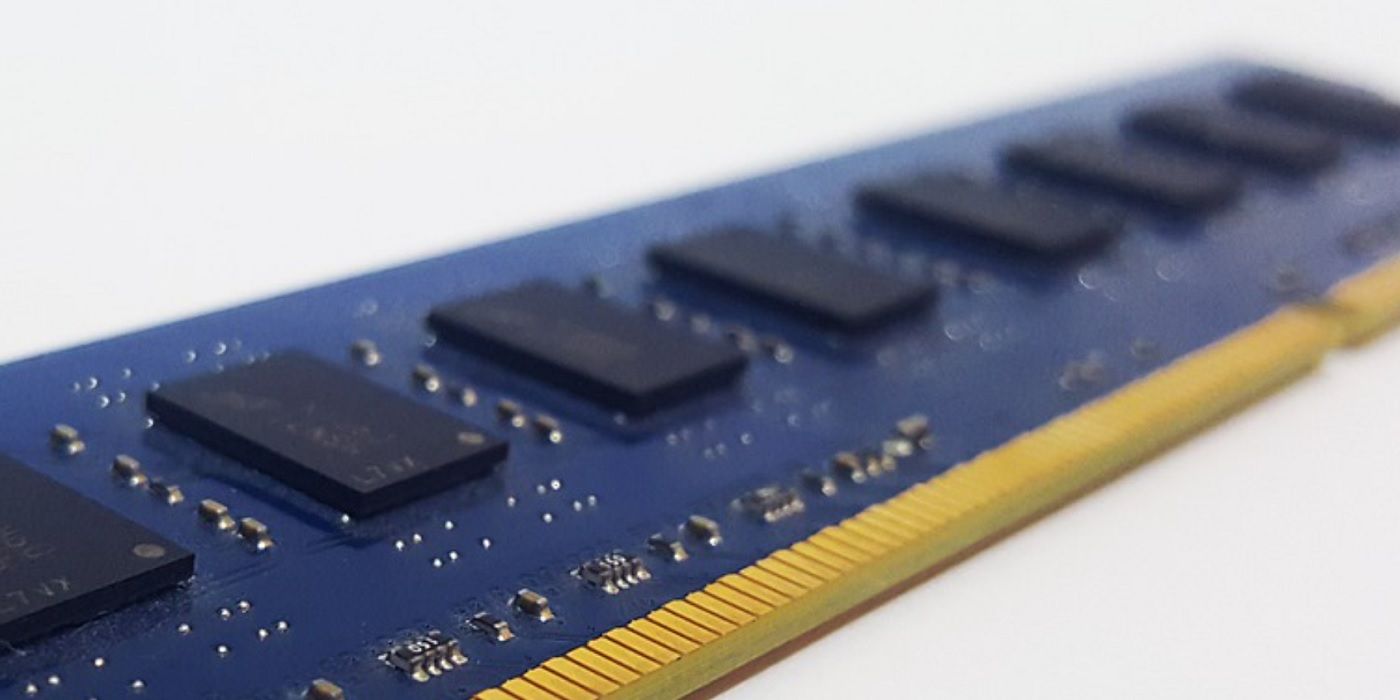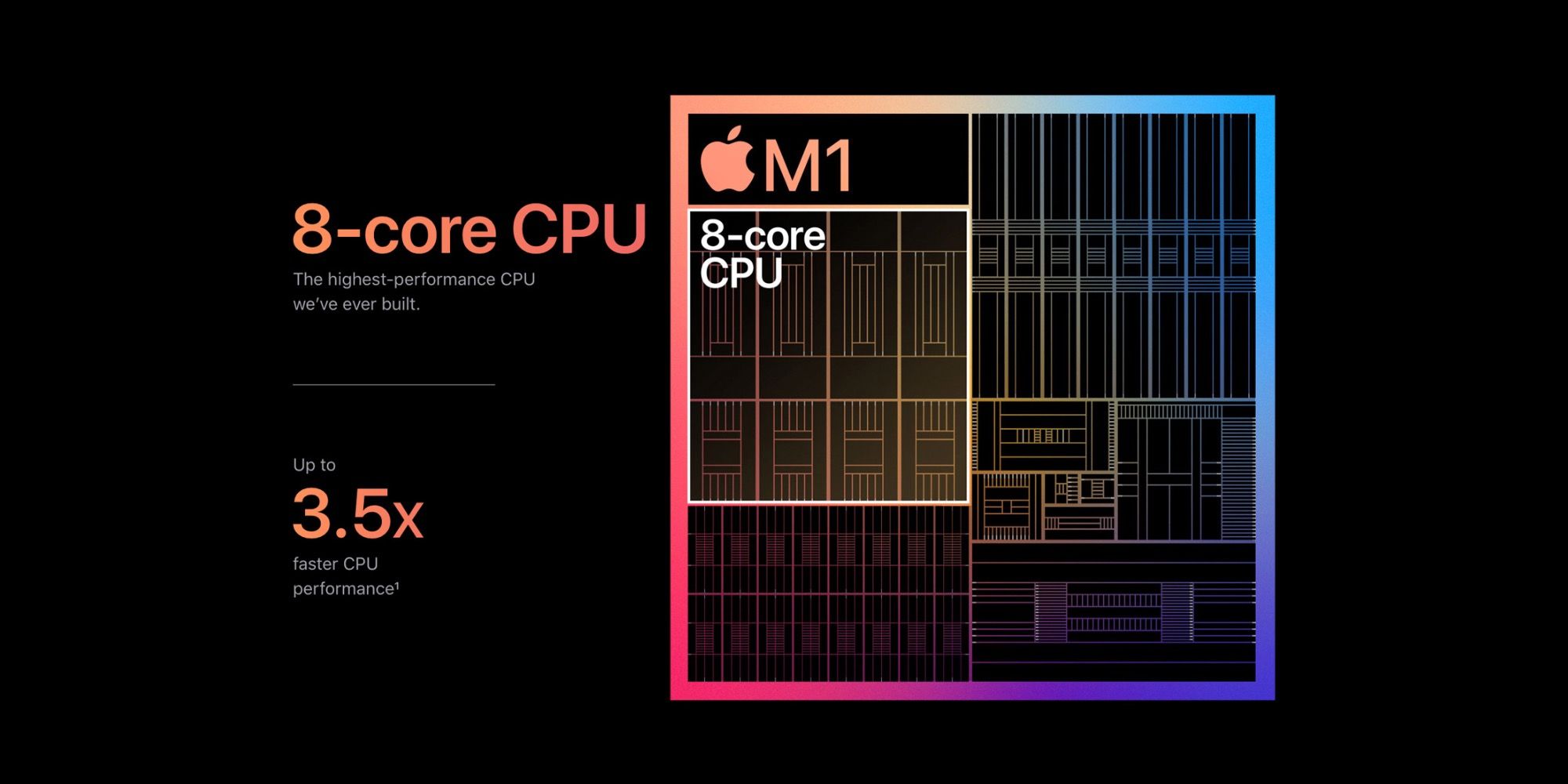A research team at Lancaster University have developed a new memory system, called 'UltraRAM,' that combines the data storage elements of solid state storage with the ultra-fast capabilities of modern RAM. It's a new take on the functionality demonstrated by Apple with its M1 line of processors, which use a unified memory system that can share RAM between different processing units to create significant performance gains. With Apple's new Macs, both the CPU and GPU can share system memory based on the needs of the programs running on the computer at the time. In this new technology, there is potential for socketed RAM to perform the functions of an SSD faster than current storage solutions on the market.
How RAM and SSDs work is integral in understanding why UltraRAM's unified memory is important. Random-access memory, often shortened to RAM, is a type of volatile storage for computers and mobile devices. Based on the computing action, RAM can quickly find and store key information, and just as quickly throw it away to make room for more important data. On the other hand, solid state storage — commonly found in SSDs in computers — is non-volatile and will store data for long periods of time, albeit with slower speeds than RAM. While RAM can reach incredible speeds only limited by thermal output, SSDs trade that potential speed for long-term storage.
Research published by Lancaster University shows a new type of RAM that can store files even without power, yet retains the groundbreaking speeds of modern RAM. The science uses different semiconductors — otherwise found in LEDs and lasers — to hold information for long periods without access to electricity. That's precisely why UltraRAM has been coined as the next unified memory solution. If UltraRAM can store data long-term with the same speeds as current generation RAM, which is getting small enough to enter the gaming phone market, it could replace the need for SSDs in the future.
Differences Between UltraRAM And Apple's Unified Memory
Apple's M1 line of chips contains a different type of unified memory than the UltraRAM concept proposed by Lancaster University. In the M1 processor, the RAM modules are embedded within the system-on-a-chip (SoC). The SoC contains the CPU, GPU, and neural engine on a single chip, allowing the computer to access memory between any of these three processors as needed. The UltraRAM tech takes the idea of unified memory and positions it as an SSD replacement. Instead of sharing the memory between processing units, it's possible UltraRAM could use memory as long-term storage at quick speeds.
UltraRAM, though still far away from hitting the consumer market, could lead to real improvements in day-to-day computer usage. Even if the memory can only store a limited amount of data due to its high speed, it could store crucial, frequently accessed data. One potential use case would be storing the operating system on UltraRAM. Loading up a computer's operating system on something as fast as modern RAM could decrease boot times in a way that would be noticed by even the most casual computer users.
Source: Lancaster University


